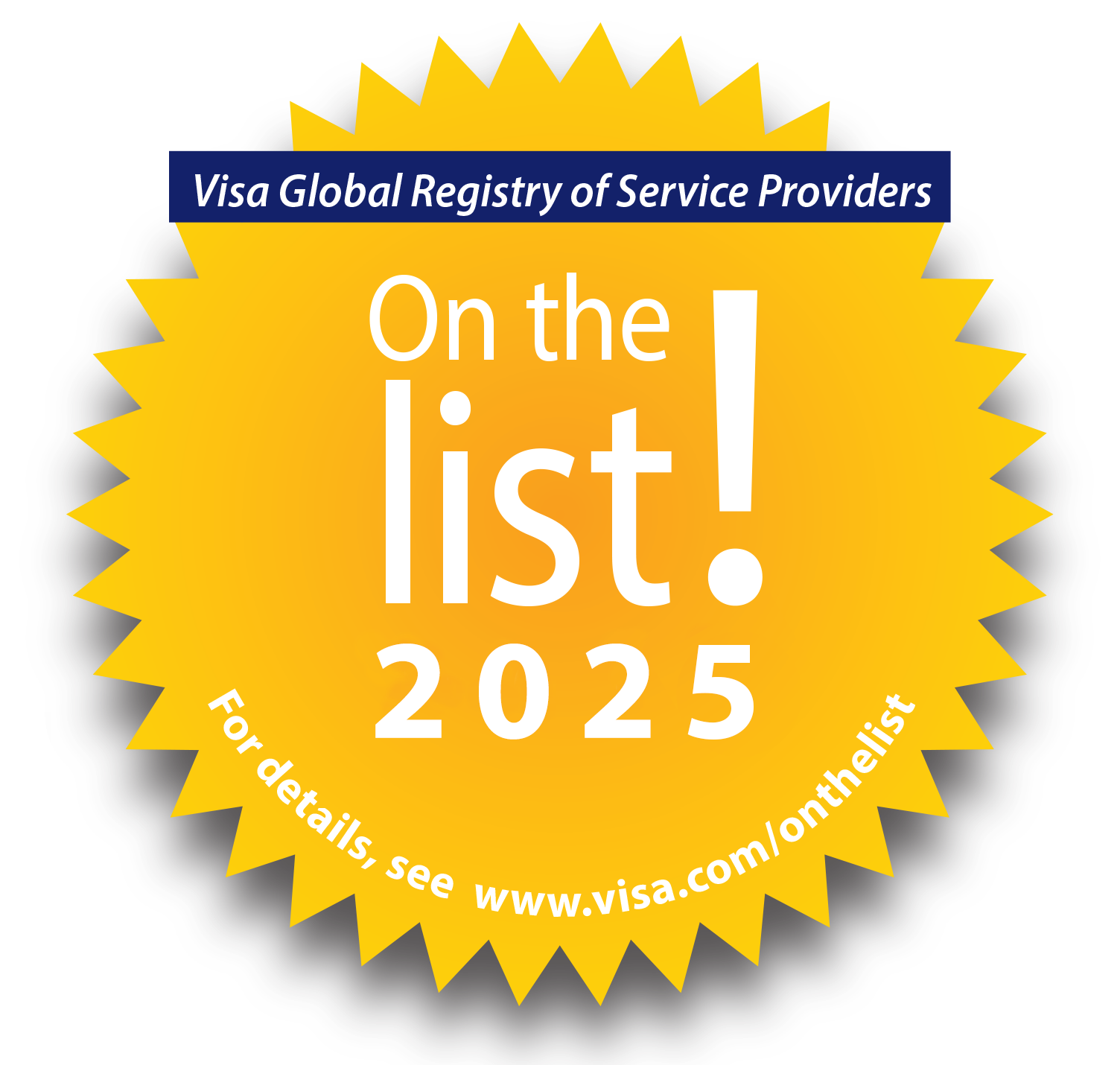Why ERPs are Not Enough for Accounts Payable Automation
Cloud-based Accounts Payable automation solutions help businesses overcome the shortfalls of enterprise resource planning (ERP) systems.

An enterprise resource planning (ERP) application is the financial nerve center of the business.
The best ERP applications enable organizations to collect, store, manage and interpret structured financial data. ERP applications also track business resources such as cash, raw materials and production capacity, as well as the status of orders, purchase orders, payroll and other commitments.
Once businesses reach a certain size, an ERP becomes a necessity.
But even the best ERP applications cannot solve every problem that financial departments face.
Consider the processing of invoices submitted by suppliers.
A lot happens to an invoice before it is ever posted to an ERP. Receiving, processing and posting invoices cannot easily be automated by an ERP, especially those sent through the mail, email or bill presentment portals.
That’s the reason that more accounts payable (AP)The amount a company owes to suppliers for goods and services received but not yet paid. departments are deploying cloud-based invoice processing solutions that seamlessly integrate with their ERP applications. The combination of a cloud-based AP automation solution with an ERP provides benefits that an ERP alone cannot match.
Why businesses deploy an ERP
There are lots of reasons that businesses deploy an ERP application.
- Most businesses deploy an ERP to replace an outdated accounting system once they surpass 500 employees, the 2022 ERP Report finds.
- Other businesses deploy an ERP application to fully automate tasks such as accounting, inventory management, purchasing, sales and distribution as the business grows.
- Businesses with thousands of employees may rely on an ERP to manage payroll.
While ERPs do well in rules-driven applications such as these there where thousands of calculations may be required, ERP systems don’t perform as well in tasks where the data is less structured.
Invoice processing, for instance.
AP departments receive invoices from suppliers in many formats. They must manage various rules for the data that must be captured from each invoice. Data including coding of general ledger information, how non-PO and unmatched PO invoices should be routed for approval, and more.
ERP applications weren’t designed to standardize or automate these types of AP processes.
Without an AP automation solution, even the best ERP application won’t save AP staff from tedious manual functions. Tasks that cost hours of searching for and keying supplier invoice information such as the name, supplier number, address, invoice amount, invoice due date, line-item details, and any taxes.
Similarly, general ledger information must still be coded to update a company’s chart of accounts. In many AP departments, even those with an ERP, this information is manually entered by staff.
Some ERP applications offer the functionality of digitally routing unmatched invoices and invoices that require approval to the correct individual. However, few ERPs offer flexible workflows needed by AP departments to account for the various scenarios in getting invoices approved. For example, departments may want to implement approval rules for reviewing high-dollar invoices.
It’s also difficult, if not impossible, to track invoices from the time of receipt using an ERP.
As a result, many businesses that rely solely on their ERP application to process invoices find themselves stuck. They have many of the same manual processes as they did before. The back-and-forth emails and phone calls, errors, and reporting challenges are the same they faced before deploying an ERP system.
The benefits of AP automation
Cloud-based AP automation solutions help businesses overcome the AP shortfalls of ERP systems.
- Digital mailroom. All electronic invoices, including those sent as PDF email attachments, via a supplier portalA self-service web portal for suppliers to submit invoices, check payment statuses, and update account information., or through an FTP upload, are automatically retrieved and aggregated onto a single platform for standardized processing. Any invoices sent through the mail are digitized, tracked and aggregated as well.
- Data capture. The header and line-item data from invoices is extracted with a guaranteed level of accuracy and matched against purchase order (PO)A formal document issued by a buyer authorizing the purchase of goods or services under agreed terms. R, vendor master data (remit-to) and proof-of-delivery (POD) information residing in an ERP. Matched invoices are then posted directly to an ERP without AP staff having to lift a finger.
- Workflow approval. Unmatched invoices or invoices requiring approval are digitally routed to the right individual or individuals based on highly configurable business rules. Purchasers are notified of invoices awaiting review and alerted when an invoice is approaching its due date. Invoices that haven’t been acted upon are automatically escalated to another individual for review. AP staff also can see the status of invoices in real-time and take proactive measures to resolve any bottlenecks, eliminate duplicates and problematic vendor invoices.
- ERP posting. Leading cloud-based AP automation solutions seamlessly integrate with the more modern cloud-based systems like Workday, MS Dynamics 360 and NetSuite, as well on-premise ERP applications such as those from SAP and Oracle.
Combining an AP automation solution with these capabilities with a world-class ERP application enables businesses to achieve optimal efficiency and effectiveness in their financial operations.
____________________________________________________________________________________
Edenred PayEdenred Pay is the market leader in B2B payments automation., an Edenred Company, is the global leader in invoice-to-pay automation. Our integrated platform connects businesses with suppliers, ERPs, banks, FinTechs, and payment rails to automate, optimize, and monetize the entire B2B payments lifecycle – from invoice receipt through payment reconciliationThe process of matching financial records—such as payments and invoices—to ensure accuracy in accounting and reporting.. Edenred Pay’s efficient, integrated solutions create a frictionless process and help deliver value to the enterprise by enhancing visibility and monetizing AP.
Visit www.edenredpay.com or contact us to learn more.

Ready to elevate your B2B payments?
Whether you are automating for the first time, ready to refresh your existing technology, or looking for ways to complete the ‘last mile’ of automation, Edenred Pay can help. Let’s chat about your needs.






